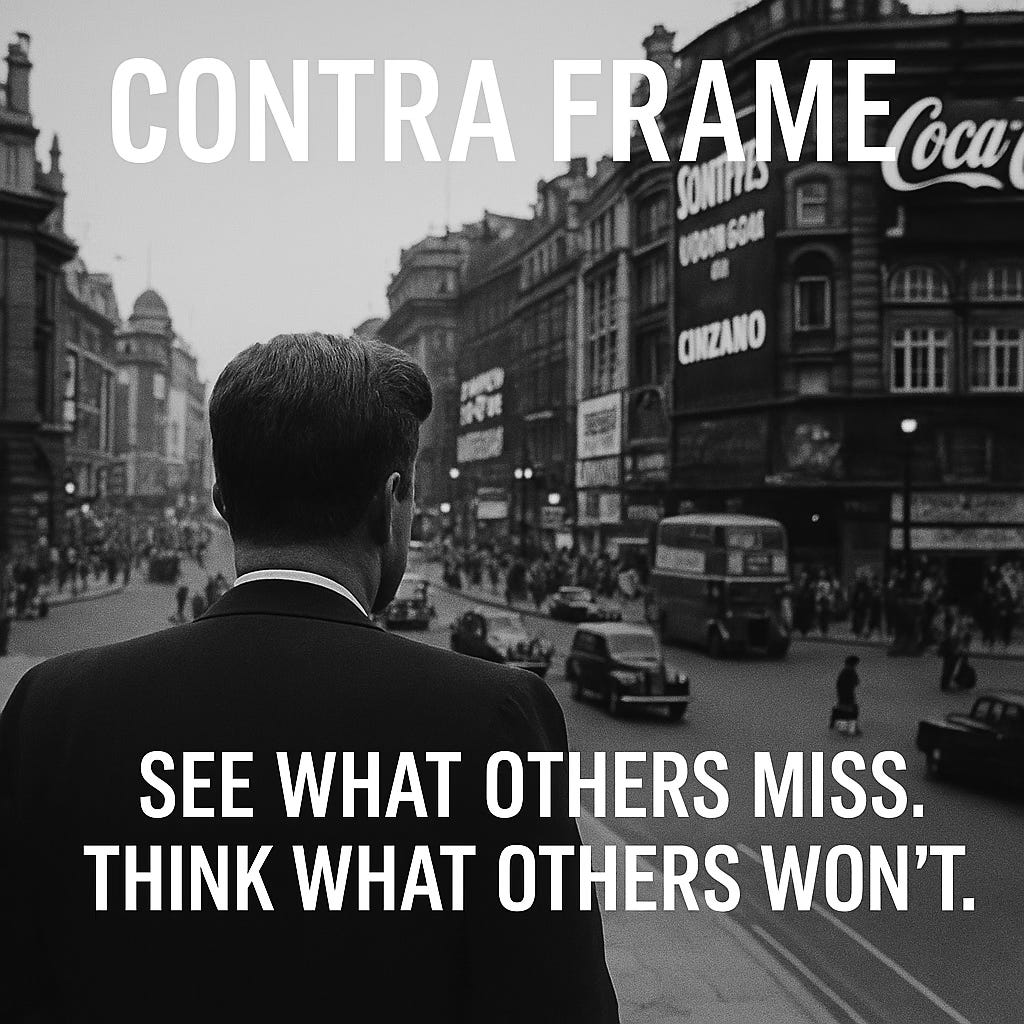HERE’S THE SITUATION
Walk into nearly any upscale bar or restaurant in Manhattan today and you’ll find it: a full section of the drink menu dedicated to mocktails or zero-proof cocktails.
These aren’t just placeholders for pregnant women or designated drivers; these are curated, crafted, and branded with the same energy as high-end spirits.
Mocktails have gone from niche to normalized. They now occupy real estate on menus, marketing campaigns, and influencer reels, especially in urban, upper-middle-class, wellness-obsessed spaces.
This isn’t a trend. It’s a signal.
THE SHIFT UNDERWAY
FROM INTOXICATION TO CONTROL—THE END OF THE REVELRY ERA
The rise of mocktails mirrors a deeper psychological and cultural pivot:
We’re witnessing the collapse of alcohol as a social default.
• Beer lost its dominance years ago when hard seltzers like White Claw introduced low-calorie, low-commitment drinking.
• THC legalization further pulled attention away from alcohol and into controlled, tailored highs.
• And now? Even alcohol itself is being replaced by the aesthetic of alcohol, without its effects.
Mocktails are the liquid equivalent of risk-aversion.
They let you perform the social ritual of drinking, without ever losing control.
THE RISE OF THE WELLNESS-INDUSTRIAL COMPLEX
Mocktails are perfectly aligned with modern health branding and virtue optics.
• No alcohol = “clean”
• Low sugar = “intentional”
• Botanical garnishes = “elevated”
But behind the marketing lies a deeper truth: people want control over their image and state of mind.
In an increasingly chaotic, vulnerable, and performative world, mocktails offer the illusion of indulgence without risk.
PERFORMATIVE SOBRIETY AS STATUS SIGNAL
This isn’t about recovery—it’s about optics.
Drinking mocktails in public shows others that:
• You’re health-conscious
• You’re not “addicted”
• You’re refined enough to enjoy “taste” without the need for escape
In other words, sobriety is now a luxury good—curated, commercialized, and socially engineered.
A $17 zero-proof cocktail isn’t just a drink. It’s a signal of class, self-discipline, and cultural alignment.
THE FALLOUT & LEVERAGE POINTS
Who Benefits?
• Beverage companies launching full zero-proof lines without regulatory overhead
• Hospitality groups that can upsell juice + herbs at premium alcohol prices
• Health/wellness influencers looking to virtue signal sophistication over indulgence
Who Suffers?
• Legacy alcohol brands that fail to adapt to non-alcoholic demand
• Social spaces built on intoxication and inhibition
• Cultural rituals that once relied on letting go—now being replaced by staying on brand
What’s Changing?
• Nightlife is becoming increasingly curated, sterile, and risk-averse
• Intoxication is no longer the goal—control, clarity, and aesthetic performance are
• People now pretend to party while optimizing their image
HOW WILL YOU REORIENT?
Is this the rise of a healthier society, or the retreat from authentic social vulnerability?
Are mocktails just about taste, or are they a safe, sterile replacement for a culture afraid to feel too much?
And what's left of the ritual when every indulgence is simulated and every risk removed?
The smartest leaders and operators recognize that when even intoxication becomes performative, we’re not evolving, we’re retreating into curated control. And what disappears in the process may be more human than we realize.






